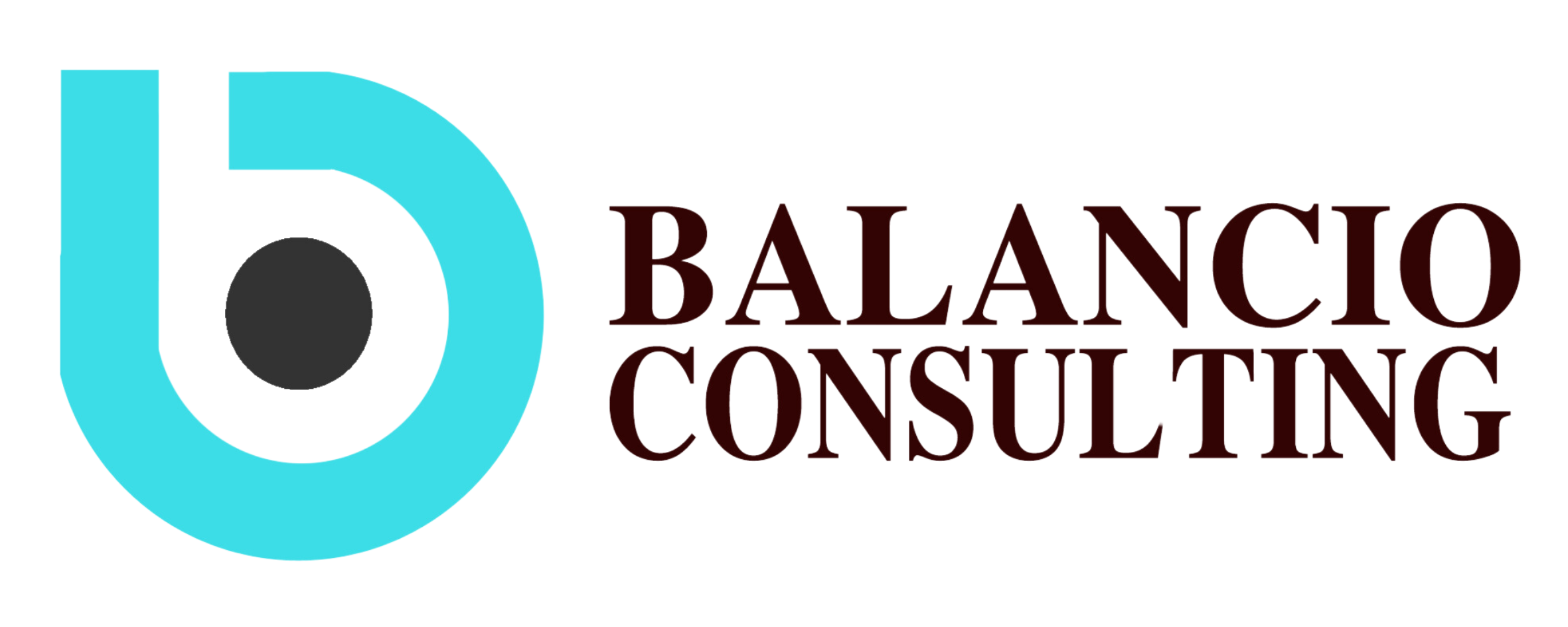
In today’s highly competitive business landscape, managing expenses effectively is more important than ever. Businesses face a constant challenge of controlling operational costs while striving to remain competitive and profitable. Rising costs, inefficiencies, and poor decision-making can quickly strain resources, leading to suboptimal financial outcomes.
This is where Cost-Benefit Analysis (CBA) comes in as a vital tool for business leaders. By weighing the costs and benefits of potential decisions, CBA offers companies a structured way to assess whether a project, investment, or operational change is financially viable. It helps business owners and managers make better, data-driven decisions that control expenses and drive profitability.
Defining Cost-Benefit Analysis and Its Importance
Cost-Benefit Analysis (CBA) is a method used to evaluate the financial feasibility of a decision, project, or investment. Essentially, it involves comparing the expected costs of a decision against the expected benefits to determine if the benefits outweigh the costs, thus ensuring a positive return on investment (ROI).
CBA is a critical tool for any business seeking to optimize resource allocation. It ensures that financial resources are used wisely by guiding decisions that deliver the greatest value relative to their cost. In its simplest form, CBA quantifies both the tangible and intangible elements involved in a decision, offering a comprehensive view of the financial impact on a company.
Key Components of CBA:
- Costs: These can be direct costs (e.g., labor, materials), indirect costs (e.g., overhead, administrative expenses), fixed costs (e.g., rent), and variable costs (e.g., utilities).
- Benefits: Benefits include both tangible outcomes, such as increased revenue and operational savings, and intangible outcomes, such as improved customer satisfaction or brand reputation.
By analyzing these elements, businesses can ensure that they are making the most cost-effective decisions that maximize their returns while minimizing unnecessary spending.
The Role of Cost-Benefit Analysis in Expense Control

Cost-Benefit Analysis is crucial in helping businesses control expenses. In today’s dynamic business environment, controlling costs while maximizing operational efficiency is essential for long-term success. Here are some ways CBA plays an integral role in expense control:
1. Identifying and Prioritizing Costs
One of the key roles of Cost-Benefit Analysis is to help businesses identify and map out all associated costs of a potential decision or project. Through CBA, companies can list and categorize costs as either essential or non-essential. This process enables businesses to prioritize spending in areas that have the greatest financial impact, ensuring resources are used efficiently.
Example: Consider a large manufacturing company facing rising production costs. Using CBA, the company identifies which segments of the production line are driving up costs, such as excess labor or inefficient machinery. By eliminating non-essential expenses and optimizing key areas, the company can reduce overall production costs by as much as 20%, leading to improved profitability.
2. Evaluating Investment Decisions
Investment decisions, whether in new technologies, expansion plans, or product innovations, can significantly impact a company’s finances. CBA provides an objective framework to determine whether the expected returns from an investment justify the initial costs. This enables businesses to prioritize projects that promise the greatest financial gain and avoid investments that may not generate sufficient returns.
Example: A technology company considers upgrading its internal software system. Through CBA, the company calculates the initial cost of the software, including installation and training, and compares it to the long-term benefits, such as improved productivity and reduced operational errors. The analysis reveals that the investment will lead to a 30% increase in productivity and operational efficiency over five years. This analysis helps the company make an informed decision to move forward with the upgrade.
3. Preventing Over-Expenditure
CBA acts as a safeguard against overspending by setting limits based on expected benefits. Without a clear understanding of potential returns, companies can easily overestimate the value of certain projects or purchases, leading to unnecessary expenditures. CBA helps keep costs in check by ensuring that any expenditure is justifiable in terms of its expected benefits.
Example: A marketing firm plans a large-scale advertising campaign and uses CBA to evaluate the costs and anticipated customer acquisition. Upon reviewing the analysis, the firm determines that a smaller, more targeted campaign would produce similar results at a fraction of the cost, saving the company significant resources without compromising outcomes.
4. Improving Resource Allocation
Efficient resource allocation is key to managing business expenses. CBA helps businesses assess how they can allocate resources in ways that maximize returns. By comparing different strategies or projects, businesses can shift resources away from lower-yield activities toward those with the highest potential return.
Example: A startup in its early stages faces budget constraints and must allocate resources across departments. Using CBA, the company realizes that diverting more resources to product development will result in a higher return on investment compared to increasing marketing spend. As a result, the company adjusts its budget, ultimately experiencing faster growth and a stronger market position.
Conclusion
In conclusion, Cost-Benefit Analysis is a powerful tool that can help businesses control expenses and make more informed decisions. By identifying and prioritizing costs, evaluating investment opportunities, preventing overspending, and improving resource allocation, CBA enables businesses to optimize spending and achieve greater financial efficiency. In an increasingly competitive market, businesses that leverage CBA will be better equipped to control their budgets, boost profitability, and sustain long-term growth.
By incorporating CBA into the decision-making process, companies can confidently navigate financial challenges and ensure their investments deliver the greatest possible value.
If you’re feeling overwhelmed by business expenses or unsure how to conduct an effective Cost-Benefit Analysis, Balancioindo is here to help. We offer expert business advisory services that guide you in streamlining operations and optimizing your financial decisions for greater success.
Whether you need help creating a comprehensive CBA or strategic advice to enhance your business, our team at Balancioindo is ready to assist. Let us help you make smarter financial choices, control your expenses, and drive long-term profitability. Reach out to Balancioindo today, and let us help you take your business to the next level.












